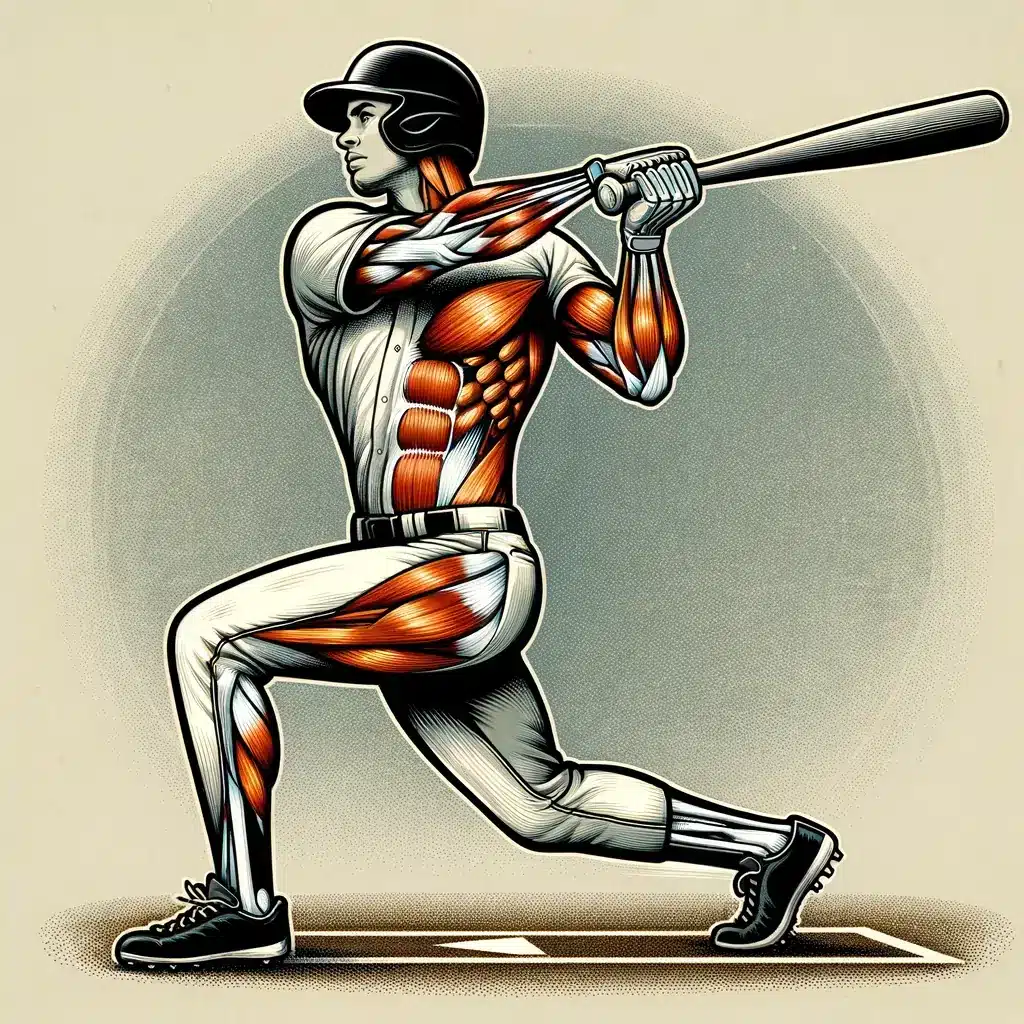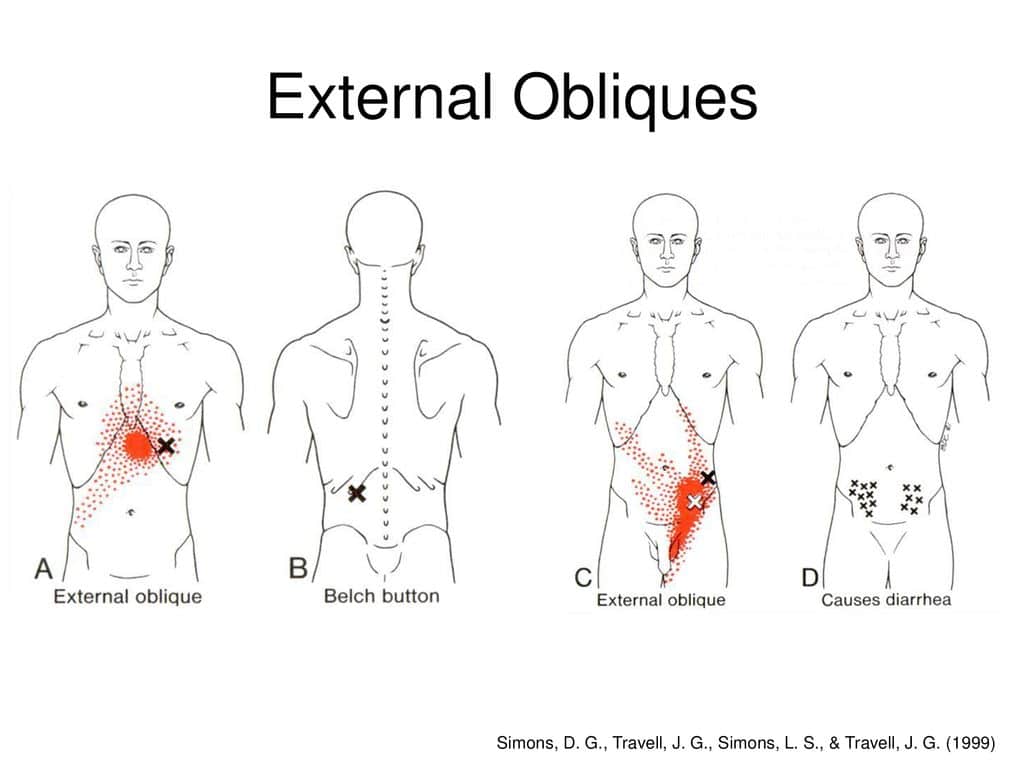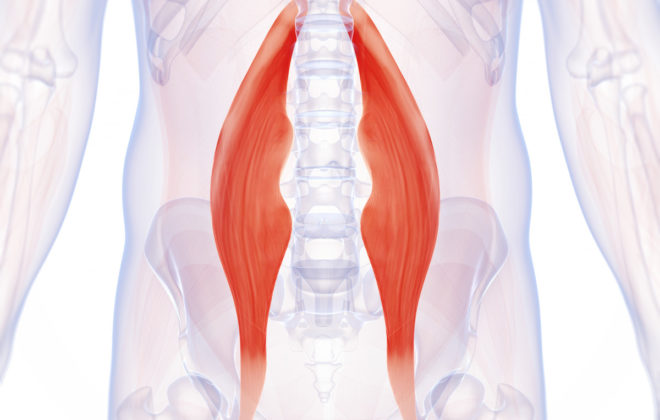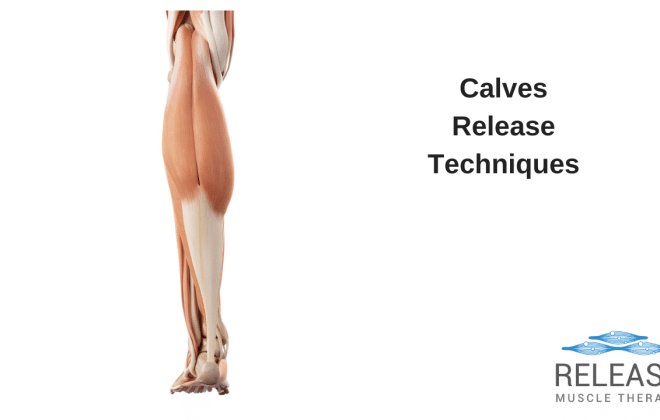External Oblique Trigger Points | How To Locate And Self Release
The external abdominal oblique muscles play a key role in core stabilization and rotational movement. Trigger points in the external obliques can potentially create inhibition of these crucial muscles, and also contribute to specific types of abdominal region discomfort.
In my experience as a clinical massage therapist, trigger points in the obliques are relatively common, but don’t seem to be a major factor in many pain issues, but that doesn’t mean they shouldn’t be addressed.
In this guide, we’ll cover how to locate and resolve these tender points.
Intro to the External Oblique Muscles
The external obliques are a pair of muscles that form the outermost abdominal wall layer. These external oblique muscles are located on each side of the rectus abdominis, running diagonally downward and inward from the lower ribs to the pelvis.
These large fan-like muscles stabilize the trunk and allow side-bending and rotational motions. They also compress the abdomen, supporting your core strength. Your external oblique health is vital for movement and stability.
The action of these muscles is simple. Imagine swinging a baseball bat. If you’re right handed, the RIGHT external obliques will shorten to assist with rotation, while the LEFT external oblique will be lengthening to decelerate the rotation. (The internal obliques are doing the opposite.)
When both sides contract simultaneously, they assist when flexing the spine, and also posteriorly rotating the pelvis.

What are Trigger Points?
A trigger point is a hyperirritable spot within muscles that causes pain. Trigger points can form when muscles are stressed through overuse, poor posture, or trauma.
These sensitive, taut bands of muscle fiber can create local discomfort or refer pain to other areas. For example, foot trigger points can radiate pain up to the head. Trigger points will limit the range of motion and lead to reduced function.
Identifying External Oblique Trigger Points
Here are some of the potential reasons to look for trigger points in the external obliques:
- Tenderness in the muscle, especially along the diagonal waistline region.
- Aching pain when bending sideways at the waist.
- Difficulty fully rotating the torso.
- Referral pain downward into the hip or groin region.
Applying direct pressure to recreate the discomfort can help isolate trigger points—note areas of sensitivity.

Potential Causes of External Oblique Trigger Points
While no one knows the exact reason why trigger points exist, they appear to be related to repetitive activities, strain, etc. here are some reasons for oblique trigger points:
- Repetitive rotational motions in sports like golf, tennis or baseball
- Side bending while lifting heavy objects incorrectly
- Sitting for prolonged periods with poor posture
- High-impact falls directly onto the torso
- Stubborn coughs that strain intercostal muscles between the ribs
- Training obliques heavily without rest and recovery
In many cases, it appears muscle overuse and imbalances underlie the development of trigger points.
Finding Trigger Points in the External Obliques
Self-Assessment and Massage Techniques
Use self-massage to locate trigger points based on the image above.
Lay on your side when performing this technique. This makes it easy to minimize muscle activity in the oblique and allow you to access the fibers accurately. Place your finger tips together so that you can use a sort of “scraping” technique.
Place your hand between your ribs and pelvic bone. The space between these points is the location of the external oblique. While using a sweeping motion, gently press down into the fibers and scroll across them to feel for tender spots. Emphasize a variety of areas around the muscle.
You will often find simple tender spots to work on, but be on the lookout for ones that refer sensations to other areas. These are the active trigger points we are looking for. You can perform this sweeping massage technique 5-10 times over the region, OR hold on the tender spot for up to 60 seconds until you feel it reduce sensitivity.
Finally, massage the attachments of the oblique on the ribs. Start from the sternum (at midline) and using the same sweeping technique, massage outward to scroll over the attachments and assess for tender spots.
Stretching and Strengthening Exercises for the External Obliques
Trigger point resolution is not done completely by manual therapy techniques. To maximize results and prevent re-occurence, its important to normalize soft tissue range of motion, endurance, and finally strength to these muscles. Here are a few simple exercises for the external obliques:
Lower Abdominal Leg Slide
The lower abdominal leg slide targets the external obliques in their function of controlling the pelvis during leg movement. Remember when the obliques contract on both sides, it produces posterior rotation of the pelvis.
This simple movement can be done for 30 seconds up to 2 minutes.
Side Bend Stretch Over Ball
The swiss ball side stretch is my go-to for stretching the obliques. This can be done for 2-3 repetitions on each side, holding for 30 seconds each rep.
Professional Intervention
For recurrent or severe cases of abdominal muscles trigger points, consult a physiotherapist or licensed massage therapist. They can use techniques like soft tissue therapy and muscle energy techniques to fully deactivate trigger points.
Lifestyle Modifications for Pain-Free Living
Specific lifestyle measures promote external oblique health. These are such as
- Take frequent movement breaks when sitting to avoid hunching sideways.
- Limit asymmetric activities that overload one side of the body.
- Maintain good conditioning with cardio, strength training, and stretching.
- Use proper form when lifting, bending, or rotating. Don’t twist lifting heavy weights.
A holistic approach combining self-care, exercise, and posture habits provides the best results. Be patient – over time, the obliques regain flexibility and function.
Preventing Recurrence
You can keep external oblique trigger points at bay. Here is how you can prevent abdominal pain recurrence.
- Ongoing neuromuscular massage and trigger point release as needed after workouts or activities.
- Stretch the torso muscles before and after strain – don’t just target the legs and arms.
- Strengthen the core musculature evenly on both sides with balanced training.
- Maintain proper form during rotational sports like golf or tennis.
- Stay vigilant to prevent trigger points from sneaking back and disrupting your active lifestyle.
Conclusion
External oblique trigger points can develop over time, like any other muscle group, but understanding the causes and implementing self-care strategies helps regain pain-free mobility.
Be attentive to posture and exercise form while regularly releasing tension through massage and stretching. With a proactive approach, you can keep your body and lifestyle moving comfortably.
Sam Visnic
Most Popular Posts
Categories
- Deep Gluteal Pain Syndrome (8)
- Deltoids (2)
- Foam Rolling (2)
- Glutes (9)
- Hamstrings (5)
- Hypnosis for Pain (3)
- Lats (2)
- Levator Scapulae (4)
- Lifestyle (8)
- Massage Therapy (39)
- Mobility (21)
- Movement and Exercise (19)
- Muscles (22)
- Nutrition (2)
- Obliques (1)
- Pain (25)
- Pectorals (3)
- Piriformis (3)
- Plantar Fasciitis (11)
- Psoas (11)
- Quadratus Lumborum (3)
- Quadriceps (2)
- Rhomboids (3)
- Sciatica (1)
- Serratus Anterior (1)
- SI Joint (14)
- Sternocleidomastoid (1)
- Stretching (18)
- Subscapularis (1)
- TMJ (2)
- Trapezius (1)
- Uncategorized (12)









